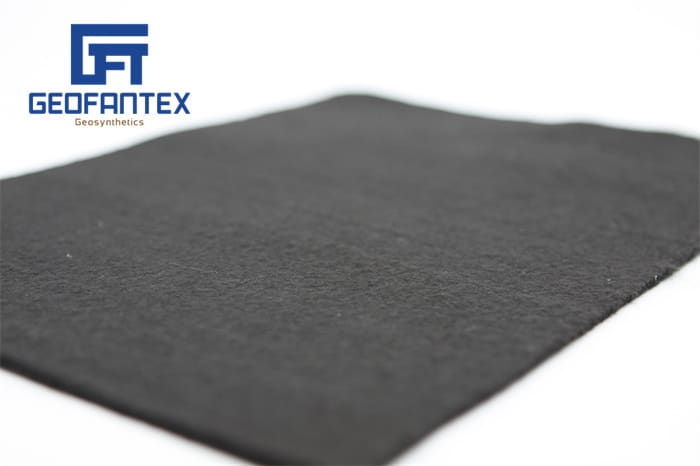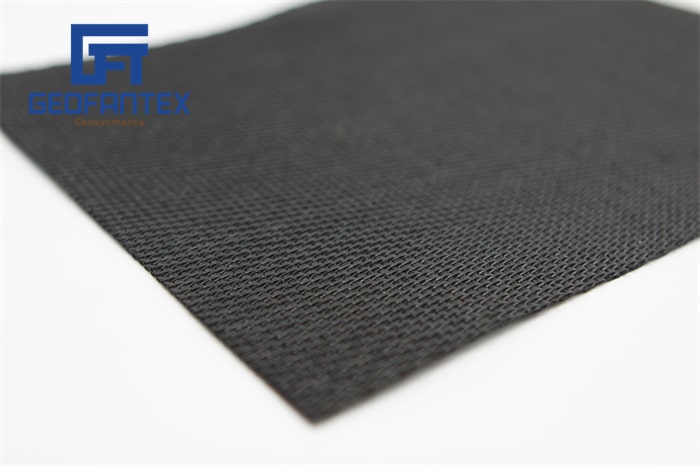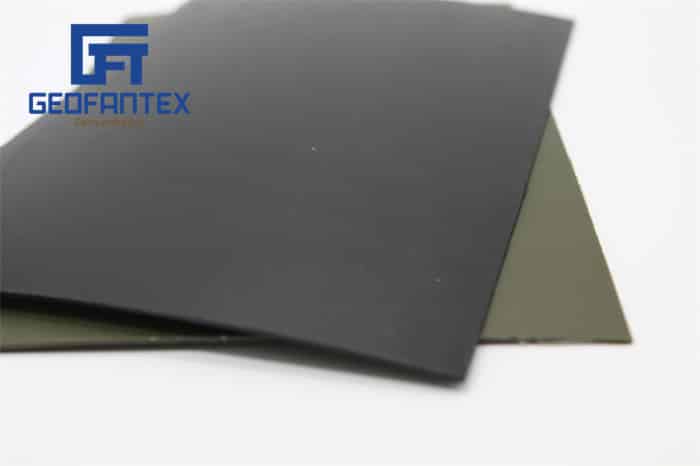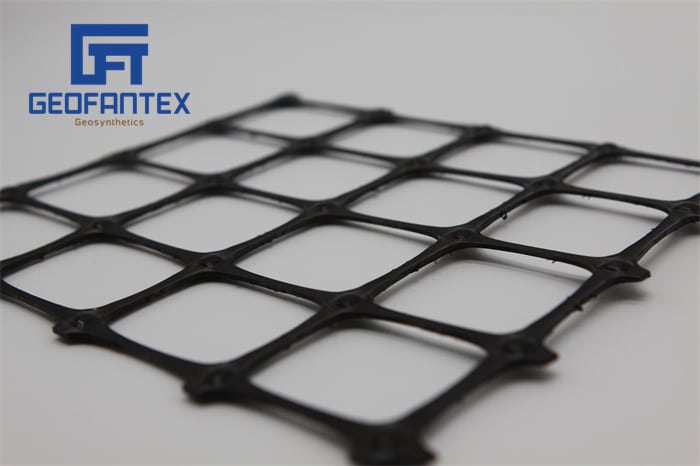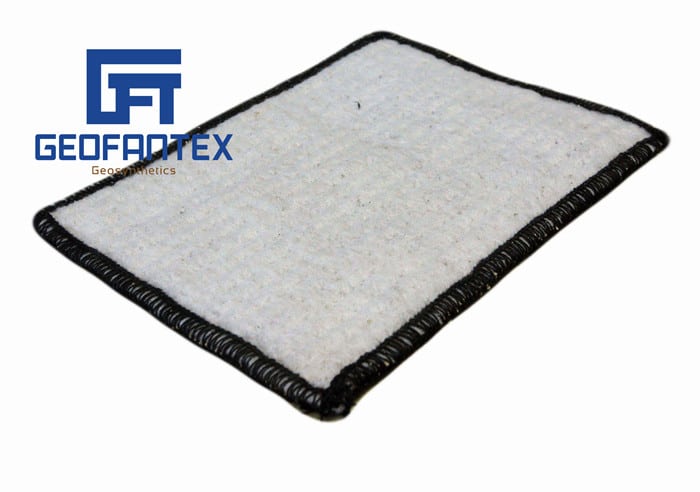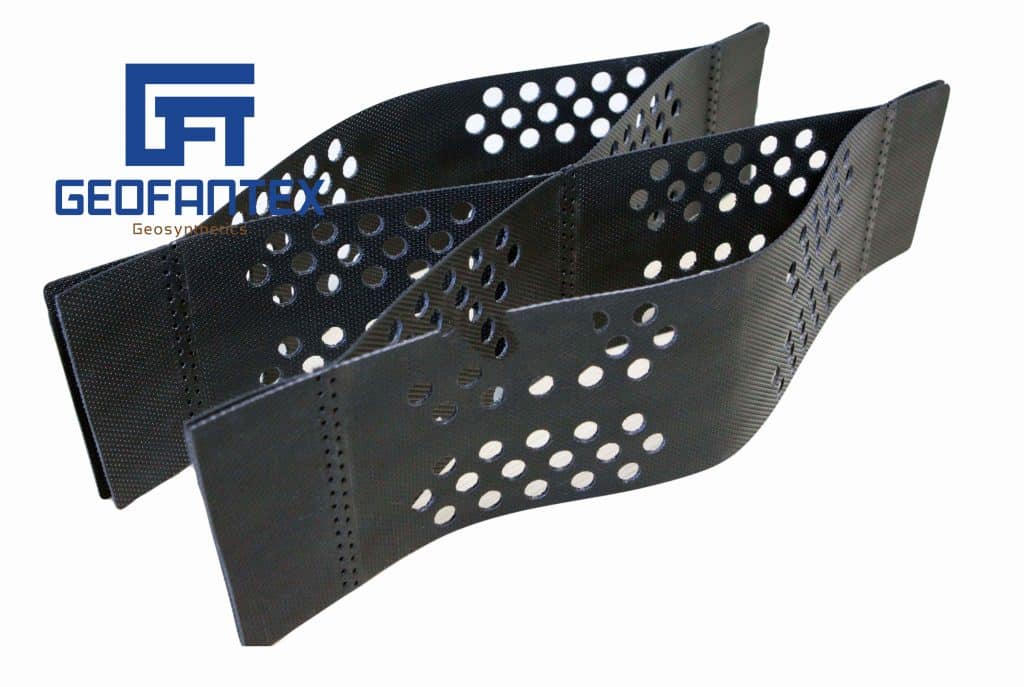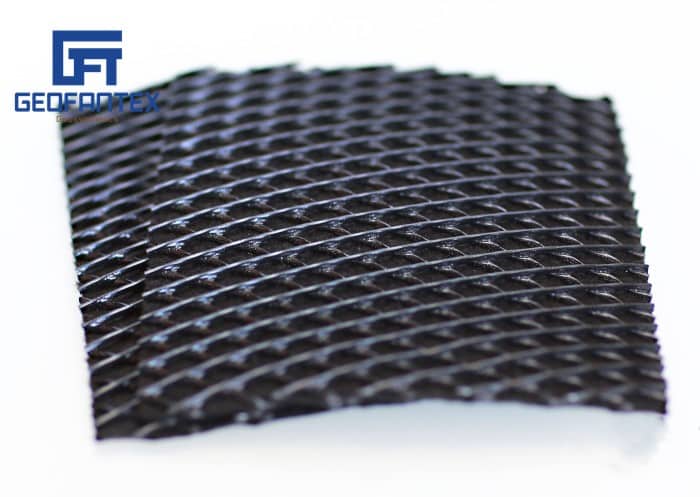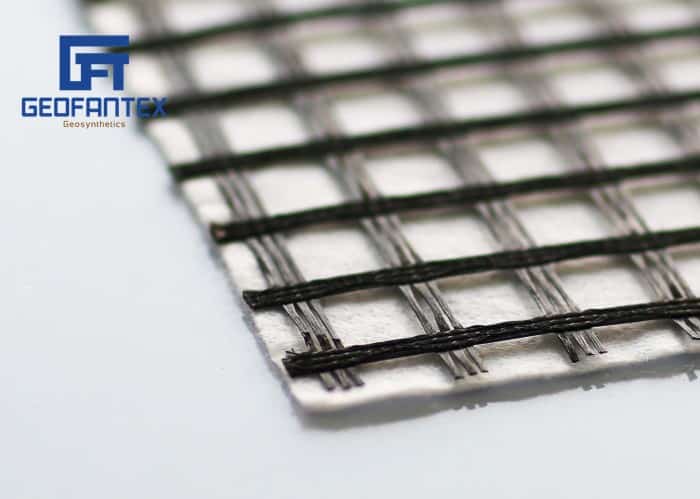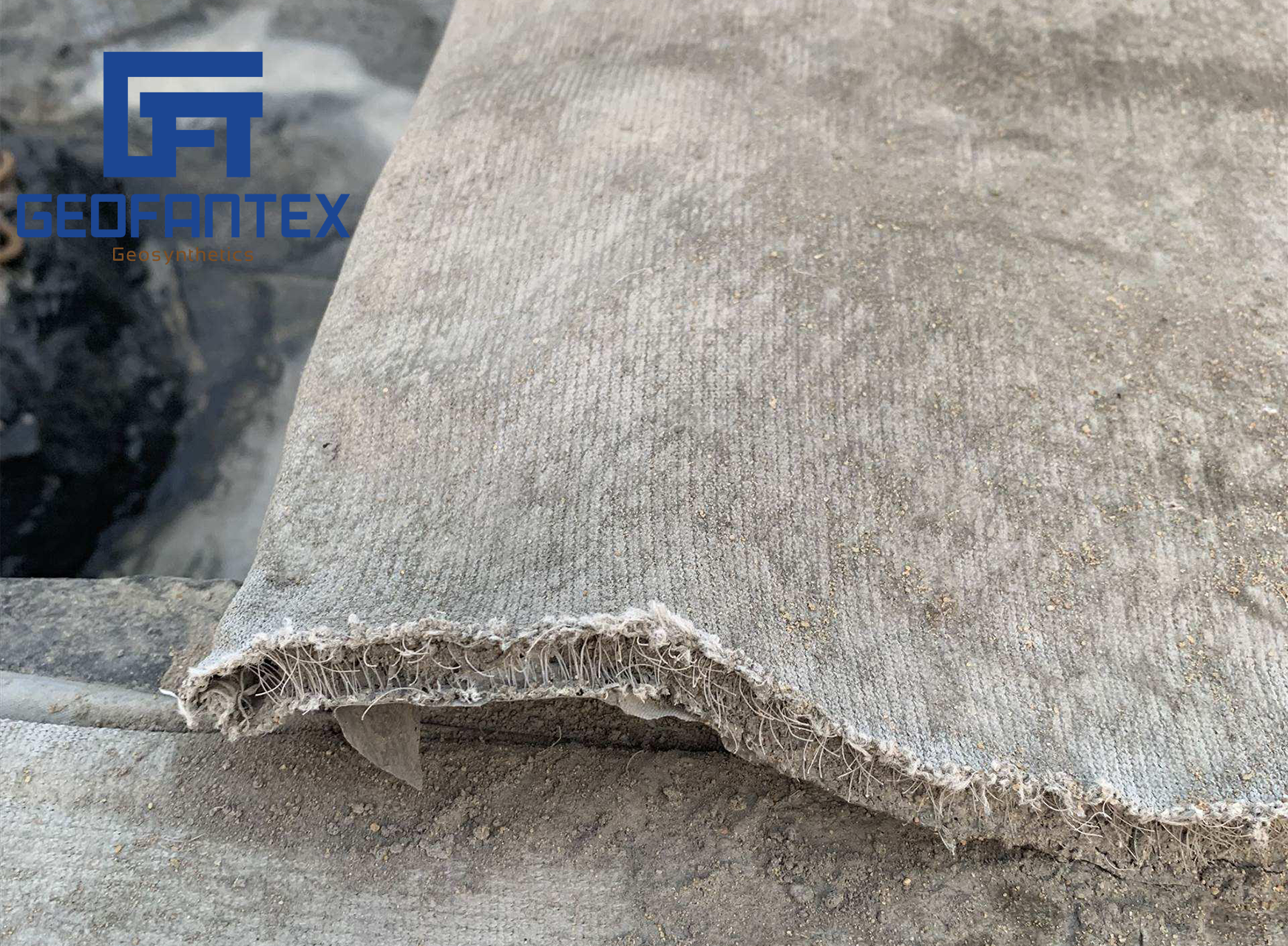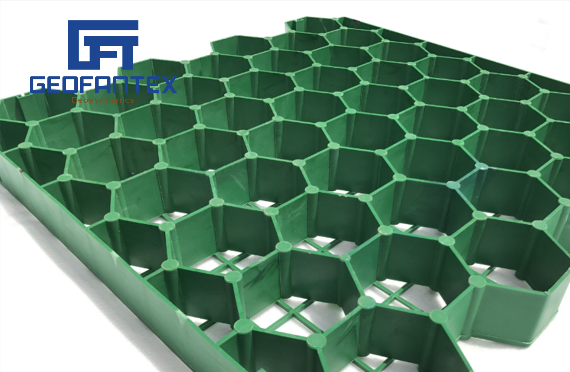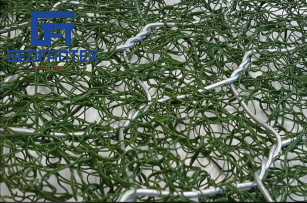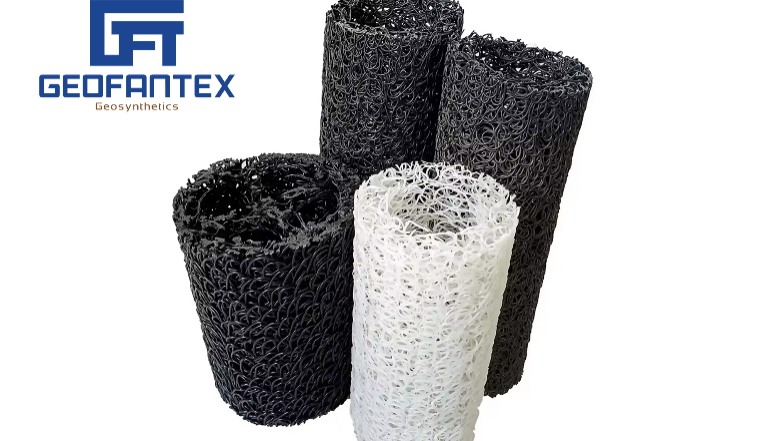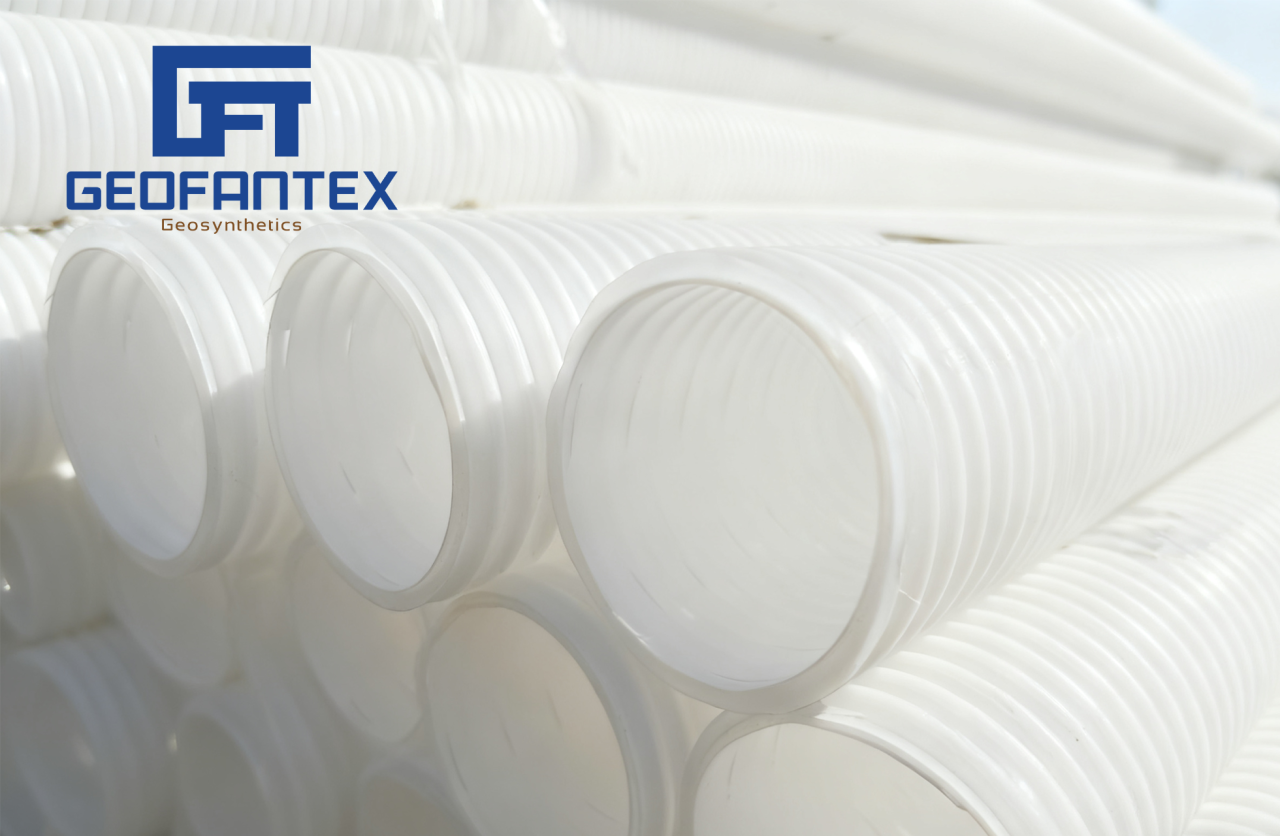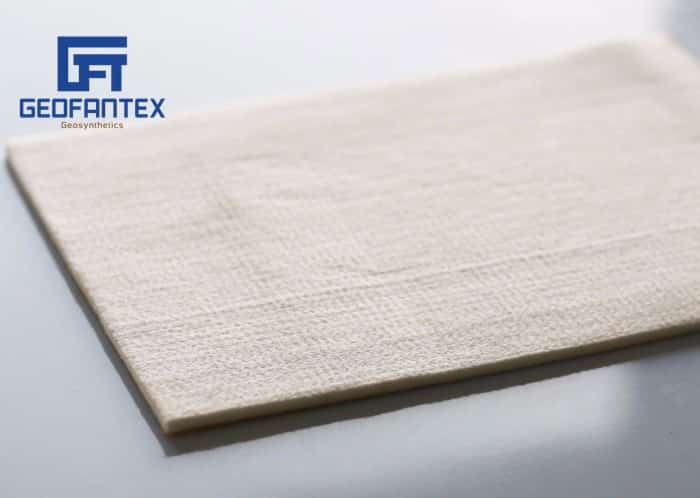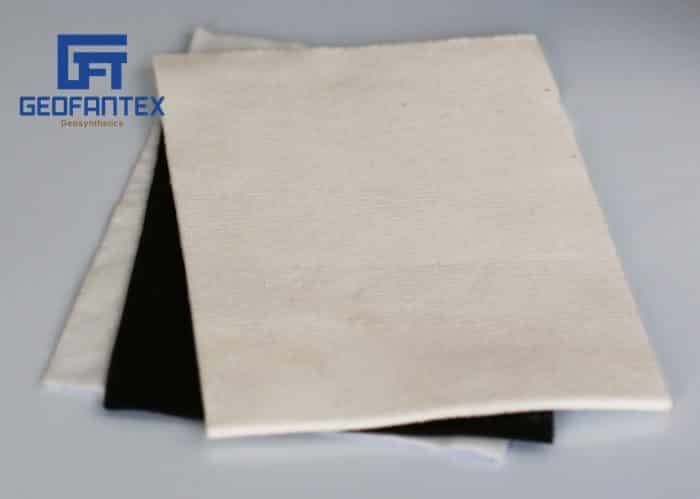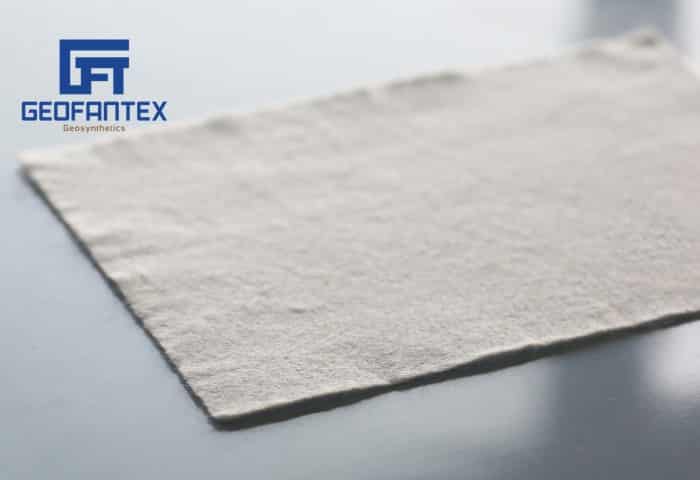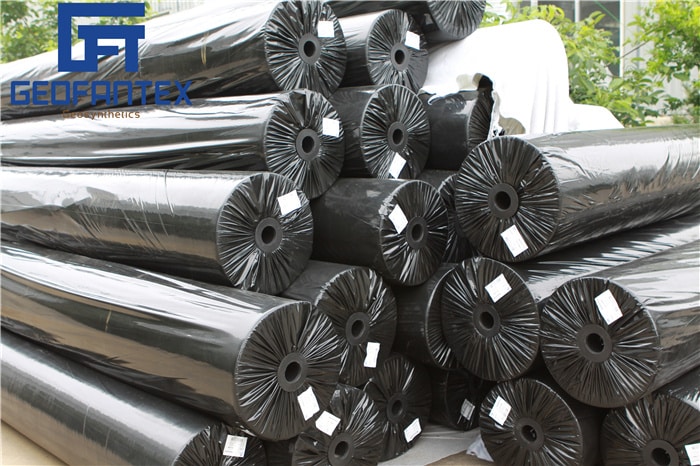+86-159 9860 6917
info@geofantex.com
geofantex@gmail.com
+86-400-8266163-44899
The difference between geogrid and geonet is a fundamental topic in geosynthetics, as both materials serve distinct engineering purposes. While geogrids enhance soil stability and reinforcement, geonets facilitate drainage in various civil and environmental applications. Understanding their differences is crucial for selecting the right material in construction projects.
What Are Geogrids and Geonets?
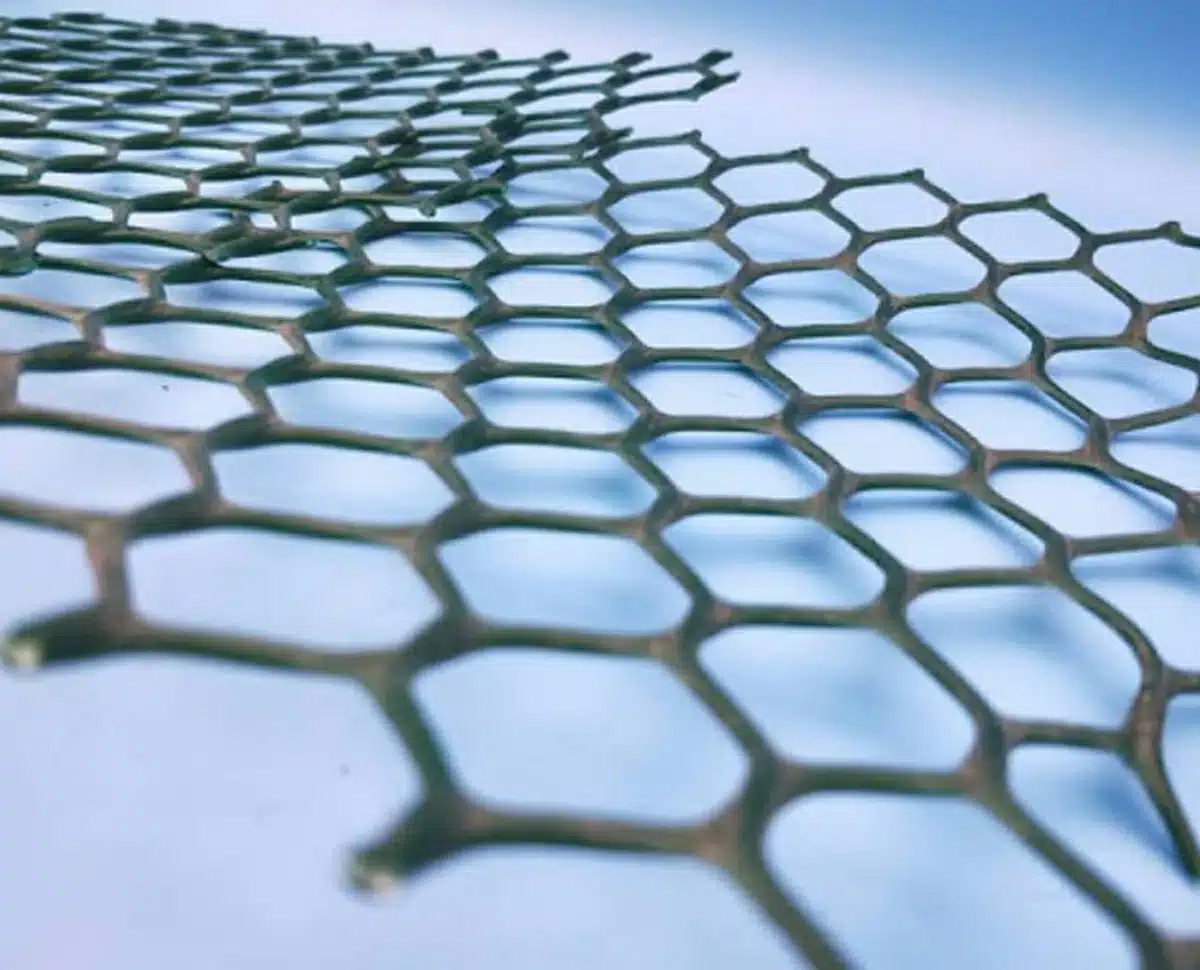
Geogrids and geonets are both types of geosynthetics, which are materials used in civil engineering and construction to improve the performance of soil and other materials in various applications.
Geogrids:
- Geogrids are materials made of polymer or steel, designed to reinforce soil and improve its stability.
- They are typically used in applications such as road construction, retaining walls, foundations, and embankments.
- Geogrids work by creating a lattice structure that interlocks with the surrounding soil particles, increasing load-bearing capacity and reducing soil movement.
Geonets:
- Geonets are similar to geogrids but are specifically designed for drainage applications.
- They are made of polymer mesh and have an open grid structure that allows water to flow freely through the material while providing support and stability to the surrounding soil.
- Geonets are commonly used in drainage systems, landfill liners, and soil separation.
Both geogrids and geonets play crucial roles in soil stabilization and drainage management, improving the durability and performance of infrastructure projects.
How Do Geogrids and Geonets Improve Engineering Performance?
Geogrids enhance the mechanical properties of soil by distributing loads and reducing settlement. Studies indicate that using geogrids in pavement construction can increase bearing capacity by up to 50% (Geosynthetic Institute, 2023), resulting in longer-lasting roads.
Geonets, with their high permeability, are efficient in managing liquid flow. Research shows that geonets can improve drainage efficiency by over 40% compared to conventional gravel systems (International Geosynthetics Society, 2022), making them essential in landfill leachate management.
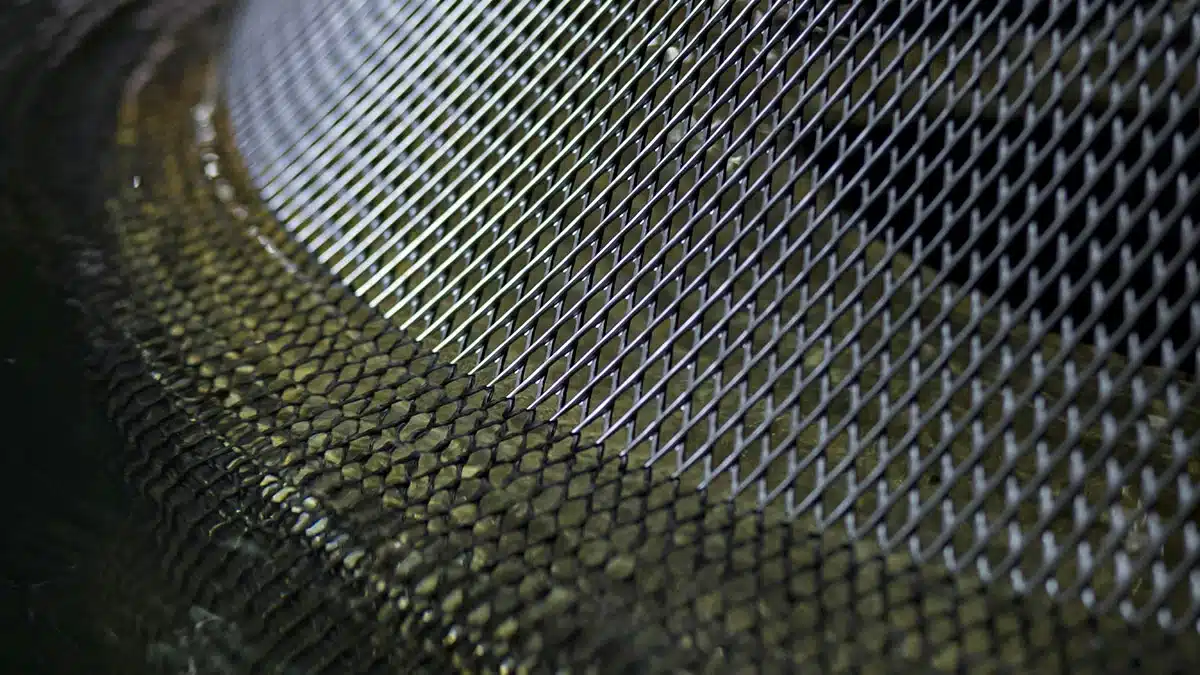
What Are the Key Differences Between Geogrid and Geonet Applications?
The difference between geogrid and geonet lies mainly in their functions:
- Geogrids are used for soil reinforcement, load distribution, and slope stabilization.
- Geonets are applied in drainage systems, preventing water buildup and promoting efficient liquid flow.
- For example, in road construction, geogrids are incorporated into base layers to increase road lifespan by 30% (Transportation Research Board, 2023), while geonets are used in landfill liners to ensure proper leachate drainage.
When Should You Choose Geogrids Over Geonets?
Choose geogrids when structural reinforcement is needed, such as in:
- Road foundations and pavements
- Retaining walls and slopes
- Railway and airport runways
Opt for geonets when drainage is the primary concern, including:
- Landfill leachate collection systems
- Erosion control on steep slopes
- Subsurface drainage applications
Understanding the difference between geogrid and geonet ensures the right material is selected for maximum performance and cost-effectiveness in geotechnical projects.
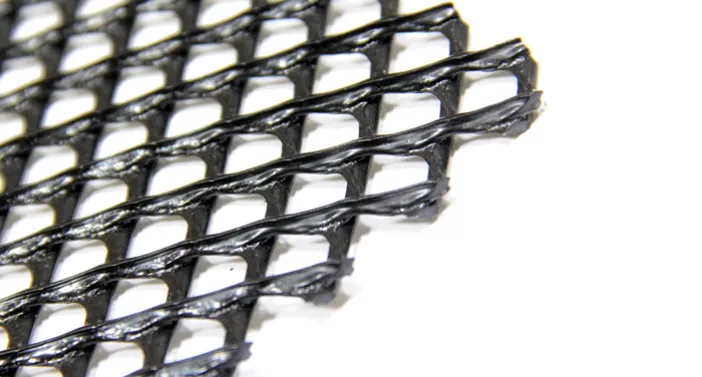
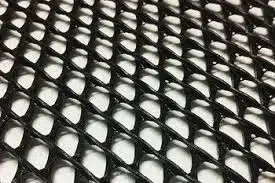
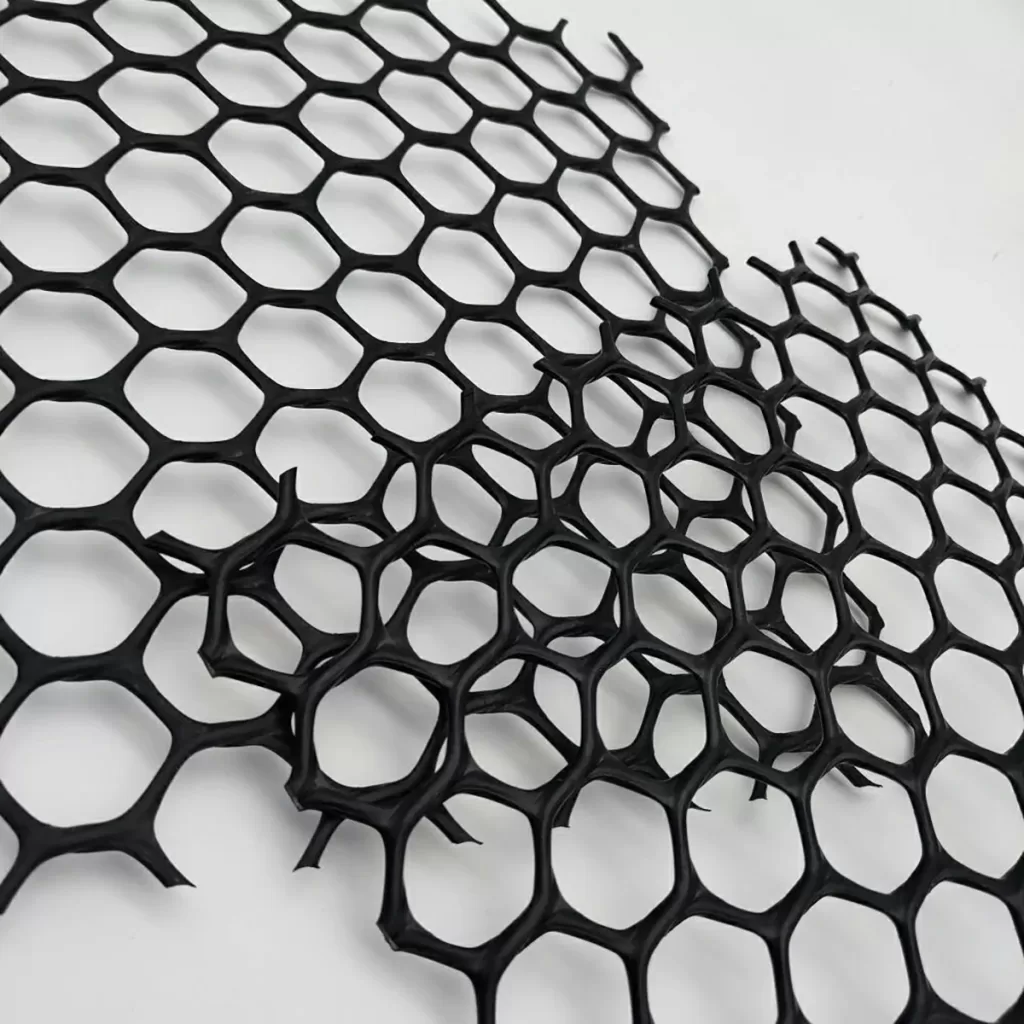
Get Free Sample
We’ll respond as soon as possible(within 12 hours)

